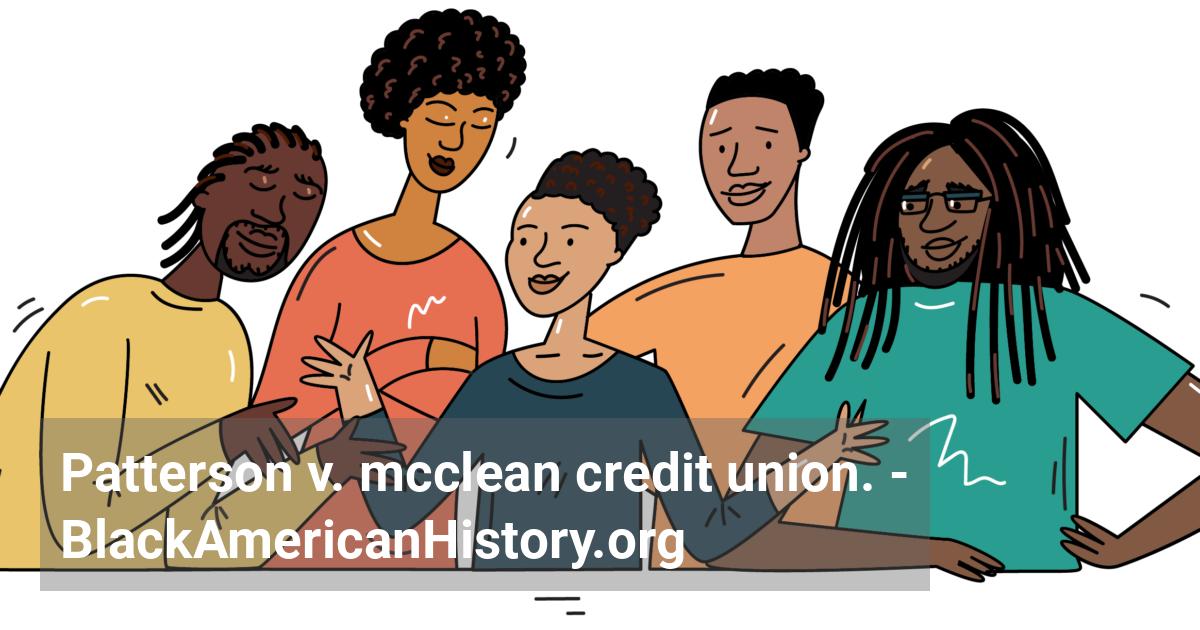Home / Full timeline / In Patterson v. McClean Credit Union, the U.S. Supreme Court rules that an 1866 civil rights law may “no longer serve as the basis for lawsuits alleging racial harassment in the workplace.”
 In Patterson v. McClean Credit Union, the U.S. Supreme Court rules that an 1866 civil rights law may “no longer serve as the basis for lawsuits alleging racial harassment in the workplace.”
In Patterson v. McClean Credit Union, the U.S. Supreme Court rules that an 1866 civil rights law may “no longer serve as the basis for lawsuits alleging racial harassment in the workplace.”
1989 (Jun 15)
The U.S. Supreme Court unanimously reaffirmed a 1976 decision "that interpreted an 1866 civil rights law to permit lawsuits to remedy some forms of private discrimination." But the Court also ruled 5-4 that the 1866 law may “no longer serve as the basis for lawsuits alleging racial harassment in the workplace." Civil rights attorneys said this latter ruling, written by Justice Anthony Kennedy, would make it almost impossible "to stop racial harassment by supervisors or co-workers." Barry Goldstein, an attorney with the NAACP Legal Defense and Educational Fund, said the decision left "no effective legal remedy for racial harassment in the workplace." The Supreme Court's ruling came in the case of a Black bank teller in North Carolina who had alleged that her supervisor at the McLean Credit Union had failed to promote her and then fired her on account of her race. A federal district court in North Carolina and a federal appeals court in Richmond, Virginia, had said that she could not sue alleging harassment. While the Supreme Court's decision ended the harassment phase of the litigation, it sent the case back to the appeals court for another hearing on whether the woman could "prove that the company's reason for not promoting her was invalid."
References:
- • Hornsby, Alton. Chronology of African-American History: Significant Events and People from 1619 to the Present. Detroit: Gale Research, 1995.
